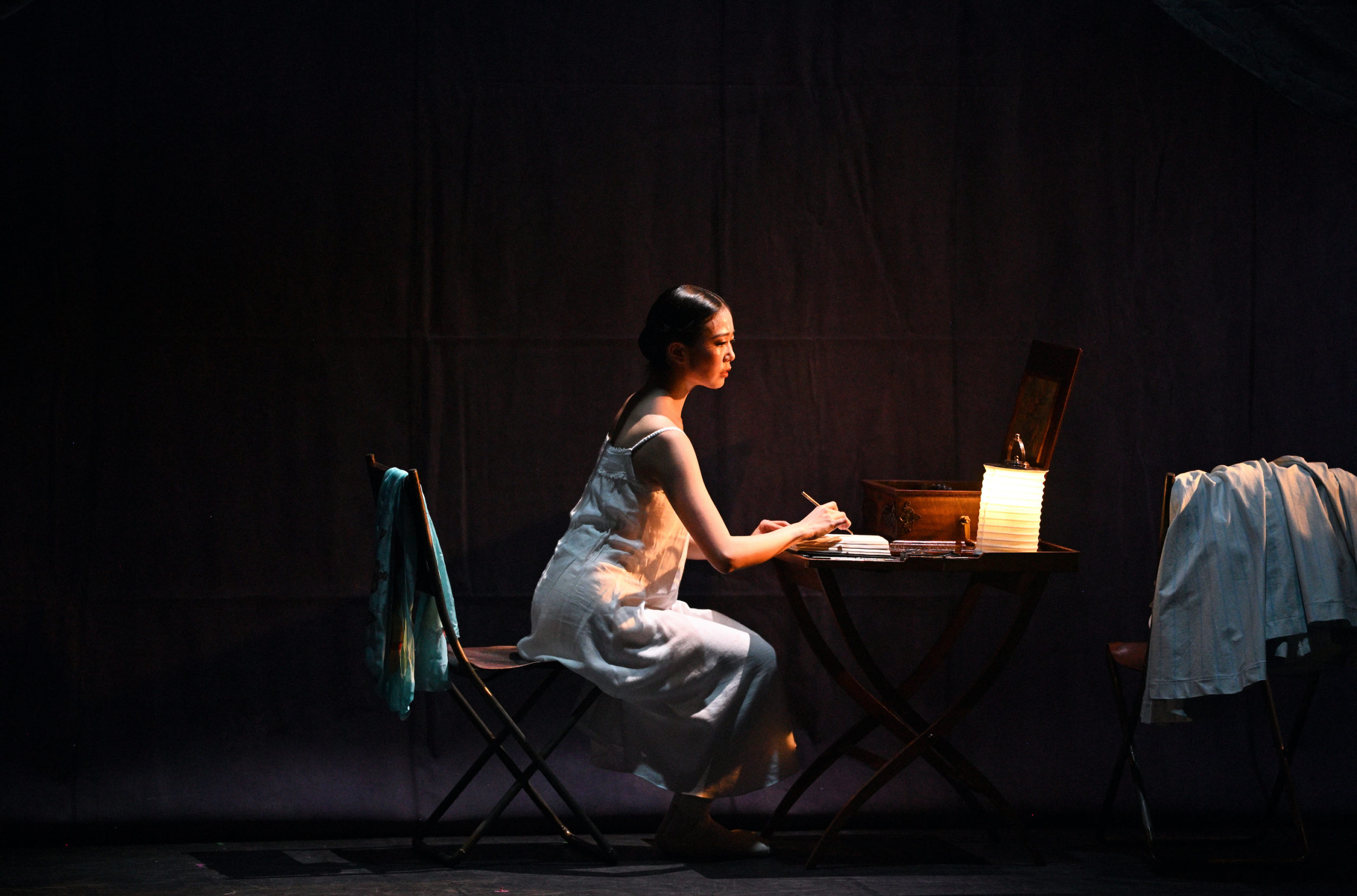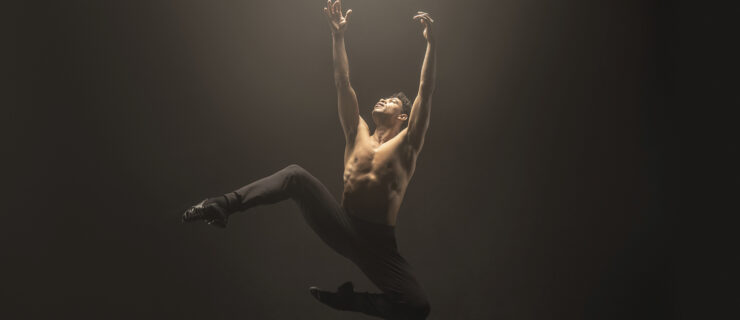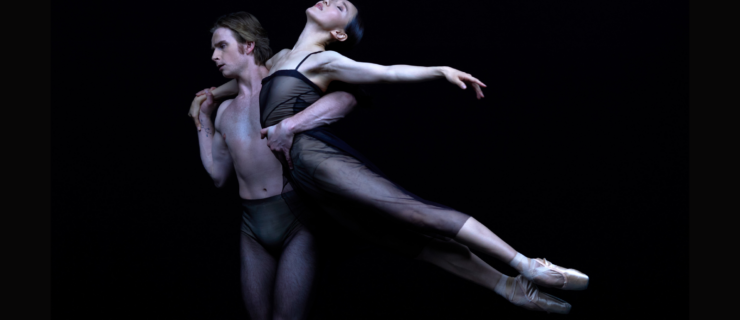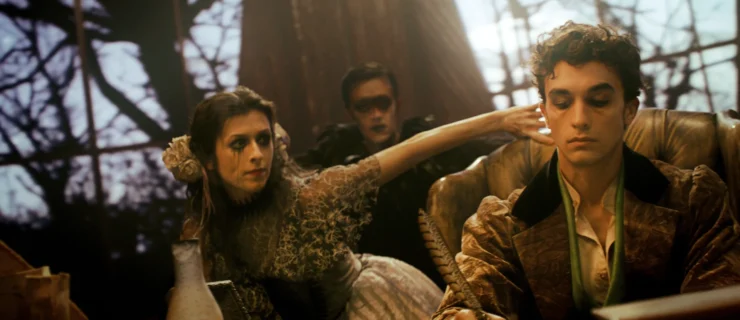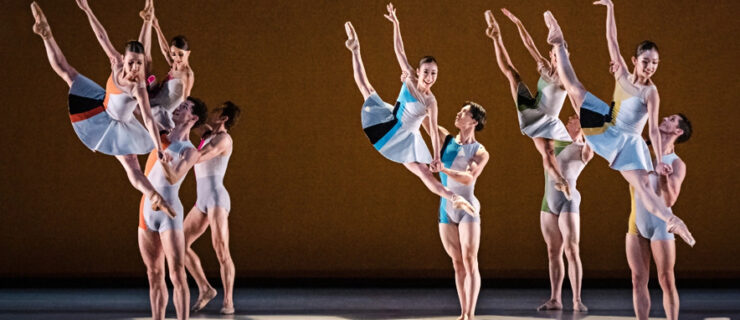Tamara Rojo Presents Her New Adaptation of “Raymonda” at English National Ballet
Updated 01/06/2022
This month, English National Ballet artistic director and lead principal Tamara Rojo will add another title to her growing list of credentials: choreographer.
For her choreographic debut, Rojo decided to revisit a classic from the ballet canon, Marius Petipa’s Raymonda, a work rarely presented in its entirety (often only the third act is performed). The ballet, with designs by Antony McDonald, will make its world premiere January 18–23 at the London Coliseum. (Earlier performances were cancelled due to the impact of COVID-19.)
“The music by Alexander Glazunov and the choreography are extraordinary, so I thought the ballet deserves a second look,” explains Rojo.
She drew inspiration from her interest in theater. “I’ve learned a lot about how the British keep the canon of theater alive,” she says. “By readapting the plays, each time from a new perspective and aware of the current social issues, they are constantly relevant to the audiences of today.”
While this adaptation preserves much of Petipa’s original choreography and Glazunov’s luscious score, Rojo and her team did extensive research to make the setting and characters more appealing to today’s audiences. And, much like Rojo herself, the Raymonda in this version possesses a drive and ambition all her own.
A New Setting
Raymonda made its debut in 1898 at the Imperial Mariinsky Theatre in Saint Petersburg. The original ballet takes place during the Crusades, a series of religious wars between Christians and Muslims started primarily to secure control of holy sites considered sacred by both groups. Raymonda is engaged to Jean de Brienne, who is away fighting in the war. As she waits for him, Abderakhman, an Arab knight, falls in love with her. As his advances become aggressive, he tries to abduct her, but Jean arrives just in time to defeat Abderakhman and marry Raymonda.
Rojo knew the setting of the ballet would have to be reworked out of respect for England’s ethnic diversity, with many hailing from the Middle East and South Asia.
“I started to discuss with my team what other wars were fought in which the two male characters, instead of being enemies, could be allies,” says Rojo. “The Crimean War was a natural conclusion because it was a war where the British and Turks were allies. I also know it was a significant event in the psyche and hearts of the British people.”
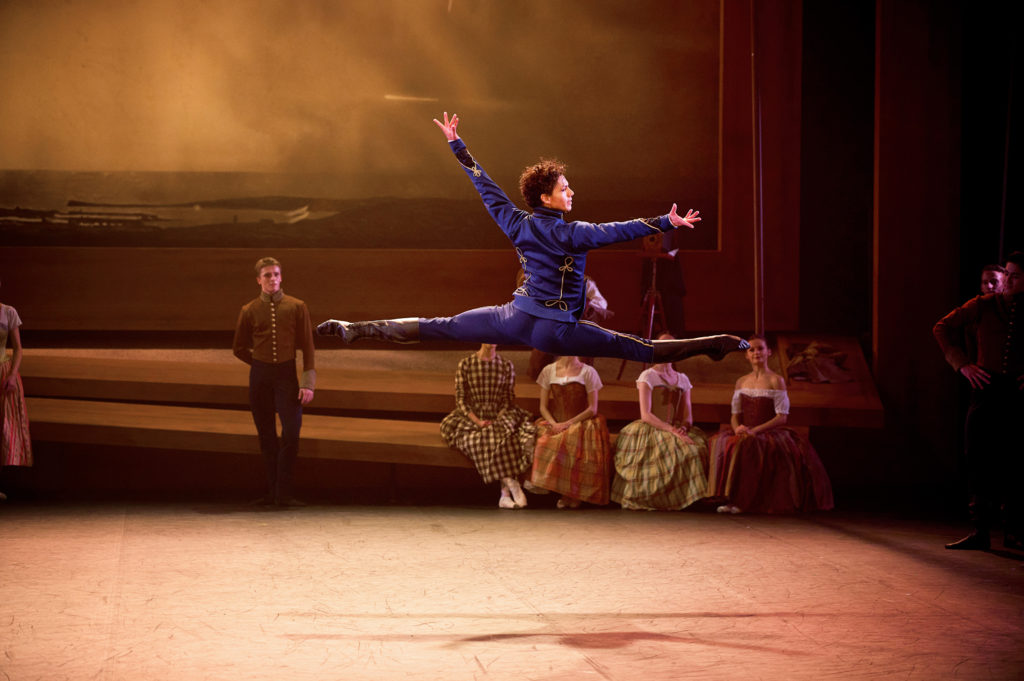
As part of the research process, Rojo read the book Crimea: The Last Crusade, by Orlando Figes, to learn more about society during the war. She also engaged dramaturg and award-winning screenwriter Lucinda Coxon to help rework the storyline and characters.
“I was surprised at how thin the role of Raymonda really is and how little we know of her and her own motivations,” says Rojo, who has performed the role for galas in the past, and Act 3 as part of ENB’s 2013 Tribute to Rudolf Nureyev. “While the ballet is named after her and she’s onstage constantly, the character itself has very little agency. That was another reason why I wanted to do this from a female perspective and why I decided to set the ballet during the Crimean War, when women were involved for the first time and the professionalization of nursing happened.”
Reimagining a Heroine
Inspired by Florence Nightingale, a leading figure during the Crimean War who is revered as the “Founder of Modern Nursing,” this new adaptation shows Raymonda running away from her comfortable life to become a wartime nurse. She becomes engaged to a soldier, John, but soon develops feelings for his friend, Abdur, a leader of the Ottoman army.
“What’s really exciting,” explains Coxon, the dramaturg, “is that one can remain very true to the choreography and emotional journey of Raymonda, but when she goes to war, she’s not following John. She’s going because she has her own calling.”
ENB lead principal Erina Takahashi will be one of the dancers performing Raymonda. While she has danced the role in the past, she says Rojo’s version feels like a new ballet.
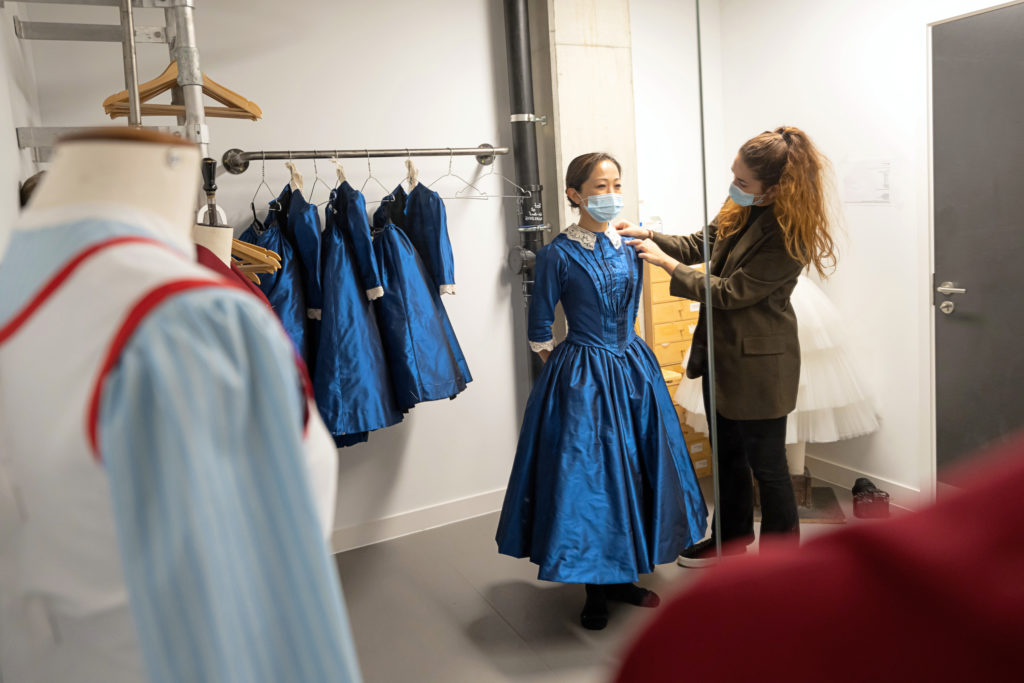
“The steps are familiar, but the intention and meaning are different,” explains Takahashi. “Tamara is an amazing director and dancer. Now, as a choreographer, I can see how much she has invested in not just putting steps together, but putting meaning and story in the dancing.”
The original character of Abderakhman, which carried some racist and sexual-predator undertones, has now been reframed to that of a distinguished ally of John, who he has asked to look after Raymonda while he is away fighting. Instead of simply being caught between two men, Raymonda now has agency to choose between two respectable people she has fallen in love with—and, more importantly, her calling to become a nurse.
Coxon says it’s been exciting to use narrative and storylining to help reinvent a work without betraying it. “The trick is to not throw out the baby with the bathwater. It was really about holding on to the things that are precious about this work, and not just make it inoffensive but make it relevant, inspiring and something you want to keep in the repertoire.”
First Things First
While Rojo has enjoyed the process of creating on her dancers, she says she doesn’t consider herself a “full-flair choreographer” just yet. Her next production will be working on Cinderella for the Royal Swedish Ballet, having been invited by artistic director Nicolas Le Riche.
Coxon describes her first experience working with a ballet company as “thrilling” and is already “hatching another plan” with Rojo.
In the meantime, Rojo is focused on her primary job at ENB. “I have loved the process,” says Rojo. “But my first job is being an artistic director.”
